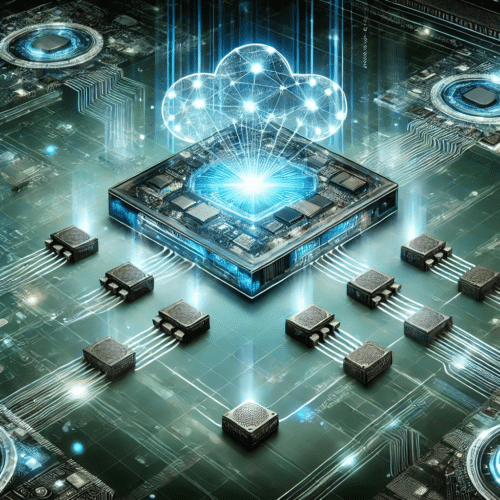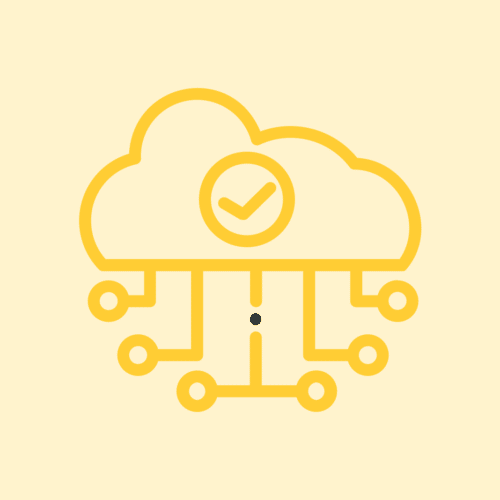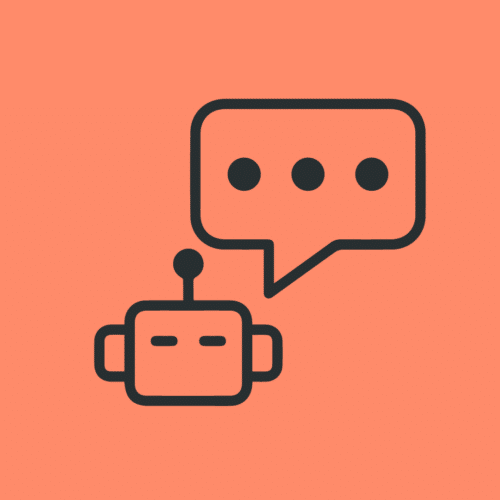BLOG
How Digital Twin Technology Can Improve Your IoT Project
While the term sounds like something out of a bad science fiction novel, “digital twins” are revolutionizing the ways that businesses use artificial intelligence, data analytics, and the Internet of Things (IoT). So what is a digital twin exactly, and why should they be an essential part of your IoT projects?
What is Digital Twin Technology?
Simply put, a digital twin is a virtual replica that is intended to imitate the appearance and behavior of a physical object or system. Companies have used digital twins to model everything from aircraft engines to apartment buildings.
Digital twin technology has applications in many different domains: engineering, manufacturing, transportation, construction, energy, and more. Any time that you want to understand the real-world behavior of a device or product, building a digital twin can help.
When designing a car, for example, engineers have a set of preconceptions and expectations about how the vehicle will act under certain conditions. During the car’s operation, sensors and devices are used to collect measurements and data and send them back to the company for analysis. This information can then be compared with the output from the digital twin to determine whether the car is still behaving in line with the way it was designed.
In addition to diagnosing vehicle maintenance issues, digital twins can be applied to rocket ships, washing machines, electrical grids, and more. Creating a digital twin of an object or system is a good idea whenever you need to make predictions about its behavior or determine why it’s experiencing problems.
The “dirty little secret” about digital twins is that they aren’t exactly a revolutionary concept for engineers. While the term “digital twin” may be a recent creation (largely popularized by marketers), organizations such as NASA, GE and race car teams have used virtual models to ensure the quality and safety of their products for decades.
How Does Digital Twin Technology Work?
Smart components that use sensors to gather data (about real-time status, working condition, or position) are integrated with a physical item. These components are connected to a cloud-based system that receives and processes all the data that the sensors monitor. This input is then analyzed against business and other contextual data.
Although data from these smart components is almost always sent to the cloud eventually, in certain situations you may need to perform additional monitoring on the device itself. If you commonly experience internet connectivity or latency issues, for example, then you might also create a simplified digital twin model that runs on the device for basic analyses.
To return to the example of cars, most automobile manufacturers don’t regularly send data from the vehicle into the cloud. Instead, the car’s onboard systems constantly run diagnostic checks that can detect when something is wrong. This allows the vehicle’s computer to take immediate safety measures, instead of waiting for the data to be processed in the cloud.
How Digital Twins Can Improve Your IoT Project
Digital twins are an especially promising concept when used in combination with IoT development projects. For one, a digital twin can provide you a better understanding of how your product is behaving and being used (especially when predicting and diagnosing failure).
Suppose that one of your products has a manufacturing defect that your company is unaware of. When it’s first released, you experience a high volume of customer service requests about how a particular part in the device is failing. If you’ve been collecting data about this device through the IoT, you can compare it to the output of your digital twin model to find any deviations.
Even without discovering the root cause of such a failure, you may also be able to use this data to predict which devices are going to experience issues. Your company can then proactively alert certain customers that they may have a defective product and offer to fix it before it fails. The combination of digital twins and the IoT gives you a great deal more flexibility and proactivity in terms of support and maintenance.
Digital twins may also be able to reduce the overall cost of owning and supporting a device over its lifetime. If your engineers are rushing to get a product out the door, for example, they may not have enough time to create one of the components in-house. To save time, you decide to purchase a part from an external supplier, which costs you more in the short term but allows you to meet your project deadlines.
Once you’ve released the first version of your product, you can use digital twins and IoT to remake the component in-house after launch. By collecting data about the ideal behavior from this more expensive external component, you can drastically shorten the design process.
Similarly, your engineers may build a device with more material than necessary in order to reinforce it, because you don’t have time to calculate its breaking point. To save on the extra costs of this material, you can monitor the device in the real world and see what level of stress it’s capable of withstanding. You can then determine how much material you can remove from the next production run, reducing costs over the lifetime of the product.
Are you developing an IoT project? We build apps that unite hardware and software. Chat with us about your next IoT project today.









